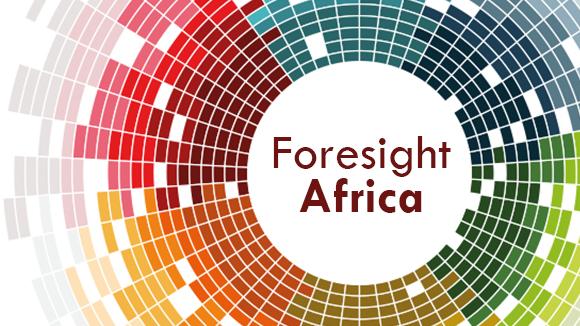In January 2022, the Brookings Africa Growth Initiative (AGI) released its annual Foresight Africa report, which explores top priorities for the region in the coming year. This report examines some of the most pertinent issues facing the continent in 2022, including its economic recovery from the COVID-19 pandemic, public health, the empowerment of African women and girls, climate change, technological innovation, and the region’s external relations.
Chapter 3 of Foresight Africa 2022, titled African women and girls: Leading a continent, focuses on strategies to further empower Africa’s women and girls. The essay and viewpoints in the chapter collectively show that, while there has been much progress for African women and girls in recent years when it comes to political participation, education, and involvement in science and technology, among other areas, there is still a lot of work to be done to ensure women are fully represented and empowered. For example, women in Africa remain underrepresented on corporate boards, but that number is not far off from the global average (Figure 1).
Figure 1. Women in Africa are increasingly represented in corporate boards
Source: Ordu, A., & Golubski, C. (Eds.). (2022). Foresight Africa: Top Priorities for the Continent in 2022. Washington, DC: Brookings Institution.
As shown in the figure, in 2018, sub-Saharan African women held 24.3 percent of board seats of African companies (and 24.5 percent of board chairs), compared to 27 percent on corporate boards worldwide.
On the other hand, when comparing female labor participation more broadly in sub-Saharan Africa with the rest of the world, we see a wider gap (Figure 2).
Figure 2. Female labor force participation by sector, Africa and the world
Source: Ordu, A., & Golubski, C. (Eds.). (2022). Foresight Africa: Top Priorities for the Continent in 2022. Washington, DC: Brookings Institution.
For example, as the figure shows, in 2019, 40 percent of women in the labor force in sub-Saharan Africa worked in the services sector, compared to over 60 percent in lower-middle-income countries (excluding those in sub-Saharan Africa). Notably, even though African women’s participation in industry and services has increased since 2010, they are still most often employed in agriculture. In 2019, women in agriculture represented about 50 percent of sub-Saharan Africa’s female labor participation compared to less than 20 percent in lower-middle-income countries (excluding sub-Saharan Africa) (Figure 2). Overall, the female labor force participation in the agriculture sector declined from 2000 to 2019, but sub-Saharan Africa continues to hold the highest rate of participation in the sector.
The Brookings Institution is committed to quality, independence, and impact.
We are supported by a diverse array of funders. In line with our values and policies, each Brookings publication represents the sole views of its author(s).








Commentary
Figure of the week: Labor trends for women in Africa
March 4, 2022